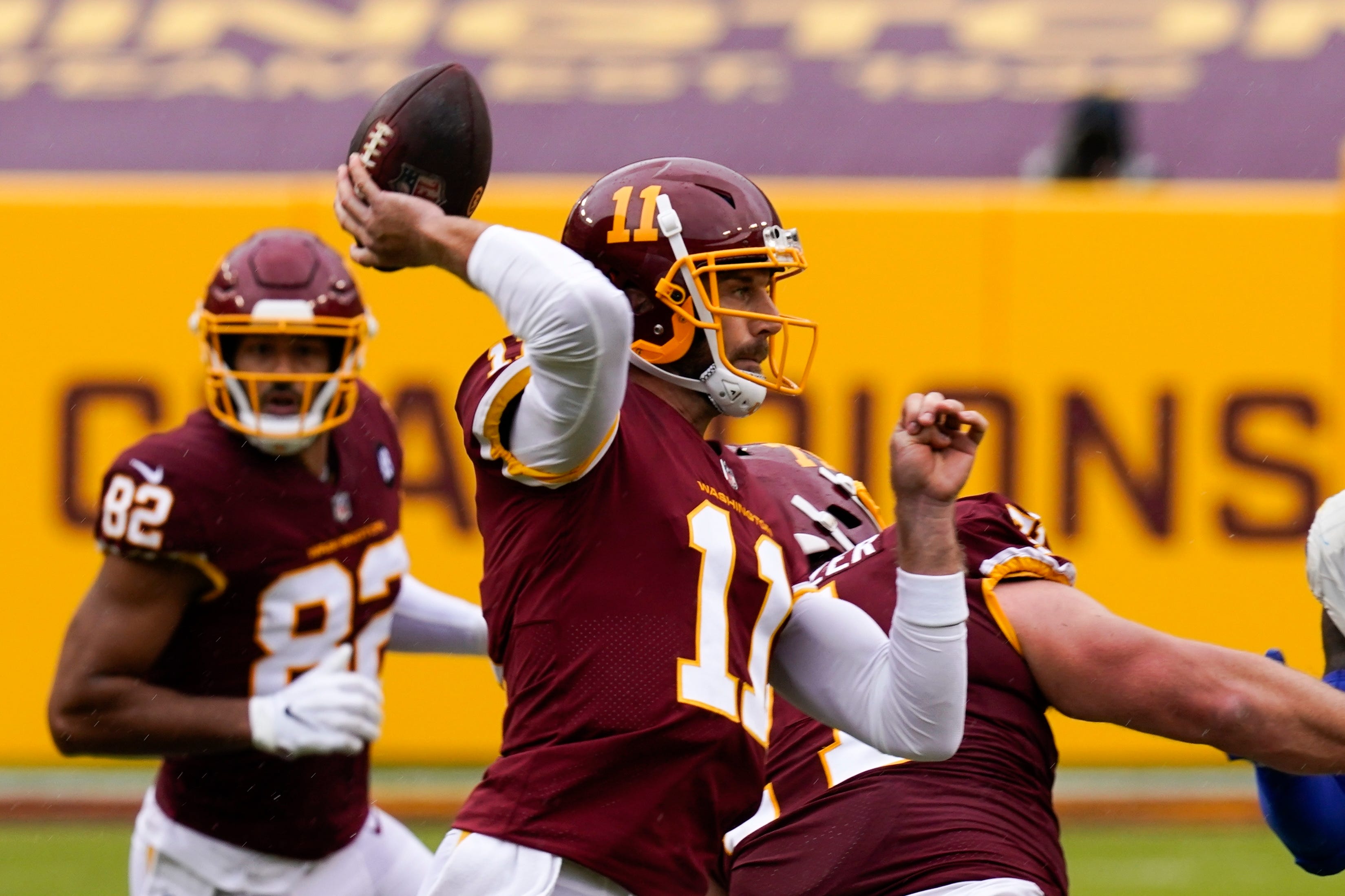Road to Recovery: 5 Steps to Get You Back After Injury
by Cam – Friday, 15. October 2020
The Road to Recovery
Alex Smith was one of the National Football League’s best quarterbacks. A long-time starter, he had been voted one of the best in the league as a Pro-Bowler 3 times. After being traded to Washington Redskins he was looking forward to a fresh start and another chance to lead a storied team to the playoffs.
On a cold day in November of 2018, he went back to pass the ball when he was suddenly met by two defenders who tackled him. The result of the play wasn’t clear until the cameras focused in. His right leg had been fractured horribly, a compound and spiral fracture of his tibia and fibula (Please don’t watch this, it is graphic). In a freak coincidence, 33 years ago to the day, the same injury had happened to another quarterback who played for the same team was injured the same way. He never played another game.

Alex underwent surgery, but his leg had become infected by a disease that killed the parts of his flesh around the injury. Alex went through a total of 17 surgeries to repair his leg after this, but doctors had come to the conclusion that it may be time to amputate. Finally, after a series of skin grafts and muscle repairs, they were able to save his leg. The road to recovery only meant a chance to walk properly again, but Alex was determined. He worked tirelessly to get back to his old form. 2 years later, he miraculously stepped back onto the professional football field again to play in his first game.
It’s Always Possible
Alex Smith’s story may seem an impossible task to some, but it shows how with hard work and the right training, bodies can repair themselves better than one can imagine. It takes resilience and consistency to heal, but there are always to improve our wellbeing. Remember to always listen to your doctors first! It’s their timeline that almost guarantees a safe recovery, so always wait for the okay before you get moving. Here are five steps to get you back to feeling 100%.
1. Mentally Prepare Yourself
Recovery is as much physical as it is mental. It can be frustrating to have limited mobility or to feel your strength lessen. Create a plan for when you can get back on your feet and exercise. Focus on what caused the injury and pay particular attention to schedule exercises strengthening this area. In the meantime, listen to your doctors, and use ice or heat to prevent swelling while easing pain. Stay positive through the process and take time for yourself to rest. Reward yourself for small wins along the way.

2. Stretch in the Meantime
While you must be careful with this in regard to ligament, tendon, and muscle injuries, immobility can hamper your ability to recover. Rather than letting your muscles to stiffen and diminish, ask your doctor about stretching exercises. They can be used to increase flexibility and help you remain fit. The process allows you to ease into more strenuous training.
3. Start Slow
Be patient in your process to heal. It can be tempting to rush back to your old activity level, but it puts you at a higher risk of re-injury. A guideline is to start at 50% of your normal level of fitness. You can increase this by 10-15% each week or according to your doctor’s recommended timeline. Take time to warm up and cool down after any activity to maximize your recovery and prevent further injury. Focus on low impact exercises like Velocity’s Power workout which can help you regain strength at a decreased risk.

4. Use a Variety of Exercises
Your body is trying to repair itself, and the best way to make that happen more efficiently is to do a variety of exercises. Do sports outside of your normal regimen to work different components of the body. Incorporate light cardio in your recovery training, and couple this with strength exercises. You will be able to build endurance while rebuilding muscle. It also serves as a way to improve the strength of ligaments and tendons around the affected area, which means you can come back stronger than ever.
5. Listen to Your Body
Injuries are hard to manage, and some tolerable discomfort is expected. A lot of pain, however, is not. It’s important to push through discomfort when you are fully healthy to maximize your workouts, but if you feel persistent strain after exercising, you can risk re-injury. To manage this, take 1-3 rest days in the wake of this issue. It can be frustrated to stop your progress, but if you use caution you can prevent yourself going back to day 1.
It’s also essential to pay attention to your body during exercise to re-incorporate movement back to the problem area. Our brain communicates pain in response to an injury which means we use less weight and strain that would upset our nervous system. So, it’s essential to focus into these areas and make sure we are balancing our exercises to target these weak points.
Finding The Way Back
It’s a long hard-fought process, but it starts with believing you can recover. Community is important, and you can count on the doctors, therapists, and coaches to help you get back on track. If you are injury recovery and have the permission of your medical personnel, let us know here at Velocity. Our coaches are trained to help give you the attention you need and make sure your return to 100% is successful.



3 Ways to Push Through a Tough Workout
/in Health, Lifestyle, Living in Zug, Living in Zurich, Power, Rides/by CaseyMeet Your New Power Coach, Julia
/in Health, Lifestyle, Living in Zug, Living in Zurich, Power, Rides/by CaseyWhy Breakfast Matters: Fueling Your Day the Right Way
/in Health, Lifestyle, Living in Zug, Living in Zurich, Power, Rides/by Casey